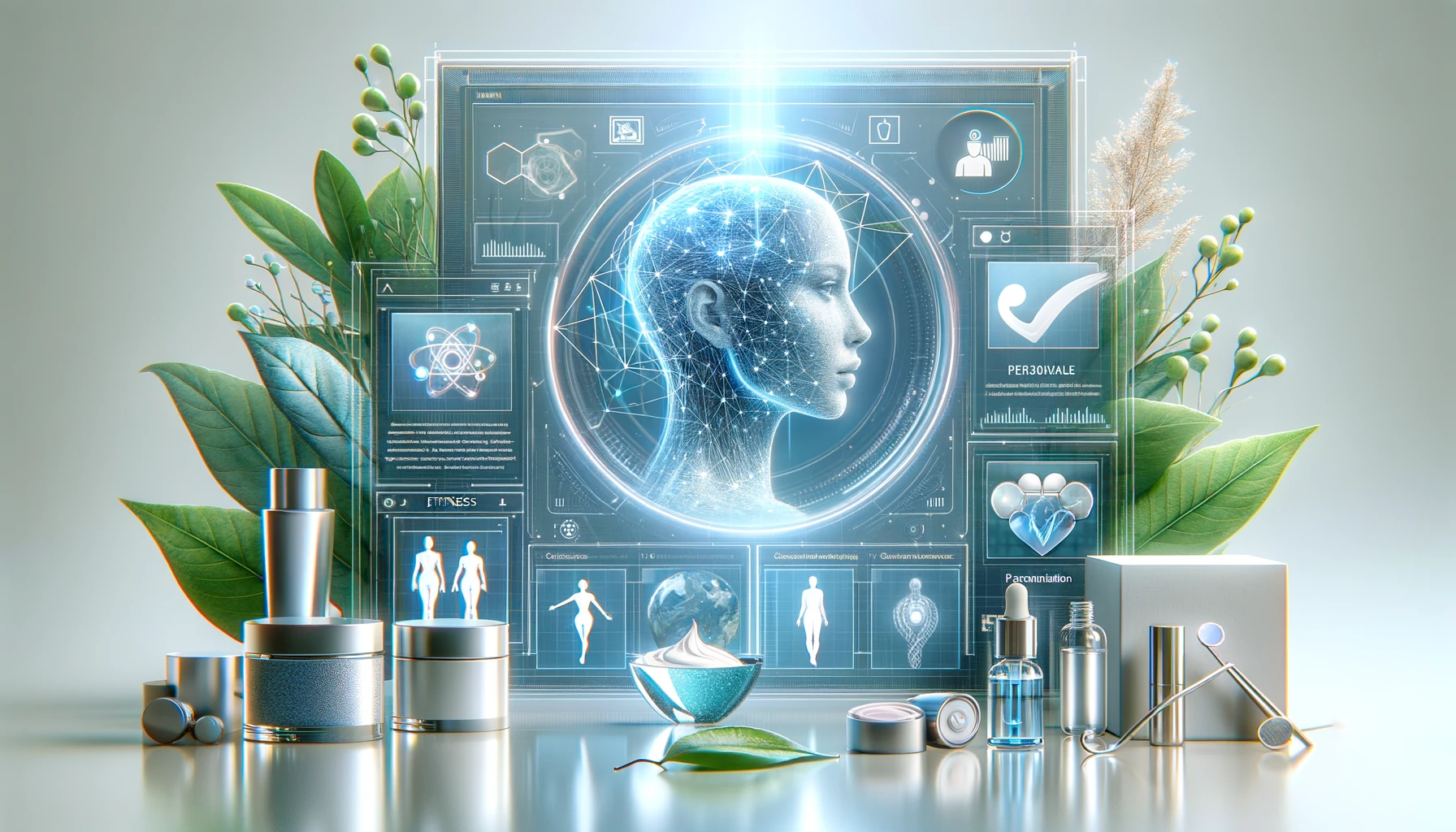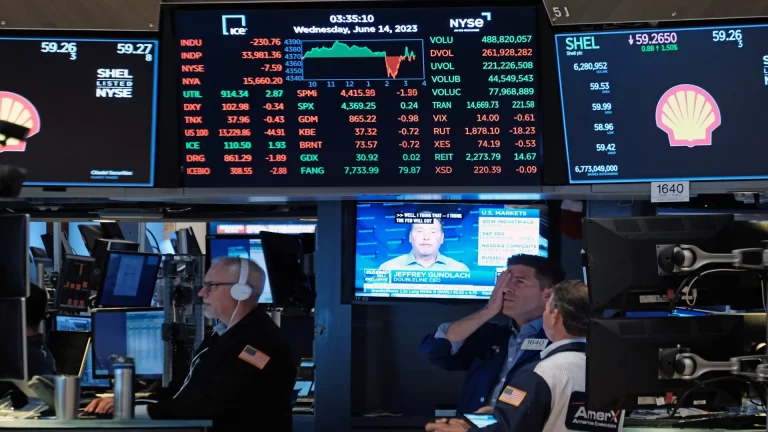Agriculture is the backbone of many economies worldwide, providing food, raw materials, and employment for billions of people. As the global population continues to rise, the demand for food is increasing, placing immense pressure on agricultural systems. To meet this challenge, the integration of Artificial Intelligence (AI) in agriculture has emerged as a transformative solution. AI technologies are helping farmers enhance crop yields, improve efficiency, and adopt sustainable practices, ultimately ensuring food security for future generations. This article explores how AI is revolutionizing agriculture, the technologies involved, and real-world examples of its application.
The Need for AI in Agriculture
As the global population is projected to reach approximately 9.7 billion by 2050, agricultural production must increase significantly to meet food demands. Traditional farming methods often fall short due to factors such as unpredictable weather patterns, pest infestations, and inefficient resource usage. Here are some key challenges that AI aims to address:
- Resource Management: Water scarcity and soil degradation are significant issues in many regions. Effective management of these resources is crucial for sustainable farming.
- Pest and Disease Control: Crop diseases and pest infestations can lead to substantial losses. Timely identification and management are essential to minimize damage.
- Yield Prediction: Accurate forecasting of crop yields helps farmers make informed decisions regarding planting, harvesting, and resource allocation.
- Labor Shortages: Many agricultural sectors face labor shortages, making it challenging to maintain productivity.
How AI Enhances Crop Yields and Efficiency
AI technologies are being employed in various aspects of agriculture, improving efficiency and crop yields through data-driven insights and automation.
Precision Agriculture
Precision agriculture involves using AI and data analytics to monitor and manage field variability in crops. Sensors, drones, and satellite imagery collect data on soil health, moisture levels, and crop conditions, enabling farmers to make informed decisions.
Example: Companies like CropX use AI algorithms to analyze soil data, helping farmers optimize irrigation schedules and fertilizer application. By providing insights into the specific needs of crops, farmers can apply resources more efficiently, resulting in higher yields and lower costs.
Predictive Analytics
AI-powered predictive analytics tools analyze historical data and current conditions to forecast crop yields and potential challenges. This enables farmers to plan better and allocate resources effectively.
Example: IBM’s Watson Decision Platform for Agriculture combines weather data, IoT data, and AI to provide actionable insights. Farmers can access forecasts regarding optimal planting times, expected harvest yields, and potential pest threats, allowing them to make data-driven decisions.
Crop Monitoring and Disease Detection
AI technologies such as machine learning and computer vision can identify crop diseases and pests through image analysis. By monitoring fields continuously, these systems can detect issues early and provide recommendations for treatment.
Example: Blue River Technology, a subsidiary of John Deere, has developed “See & Spray” technology, which uses computer vision to identify weeds and apply herbicides only where needed. This targeted approach not only reduces chemical usage but also minimizes harm to crops, enhancing overall yield.
Automated Machinery
AI is also enhancing the efficiency of farming operations through automation. Autonomous tractors and drones equipped with AI technology can perform various tasks, such as planting, spraying, and harvesting, with minimal human intervention.
Example: Agrobot, a robotic strawberry harvester, utilizes AI and machine learning to identify ripe strawberries and pick them efficiently. This innovation addresses labor shortages in the agricultural sector while increasing harvesting efficiency and reducing waste.
Supply Chain Optimization
AI plays a crucial role in optimizing agricultural supply chains. By analyzing data from multiple sources, AI can predict demand, manage inventories, and streamline distribution processes.
Example: HarvestPort uses AI to connect farmers with supply chain partners, ensuring that produce reaches markets efficiently. By optimizing logistics and inventory management, the platform reduces waste and enhances profitability for farmers.
The Role of Data in AI-Driven Agriculture
Data is at the heart of AI applications in agriculture. The integration of IoT devices, sensors, and satellite imagery generates vast amounts of data that AI algorithms analyze to provide insights. Here are some key data sources:
- Soil Sensors: Measure moisture levels, nutrient content, and pH levels in the soil, helping farmers make informed decisions about irrigation and fertilization.
- Weather Data: Historical and real-time weather information assists in predicting growing conditions and potential weather-related challenges.
- Drone Imagery: Drones equipped with cameras can capture high-resolution images of fields, enabling farmers to monitor crop health and identify issues quickly.
Real-World Success Stories
Corteva Agriscience
Corteva Agriscience has implemented AI technologies to enhance its crop protection products. By analyzing data from various sources, including weather patterns and pest populations, the company can develop more effective and targeted solutions for farmers. This approach not only improves crop yields but also promotes sustainable farming practices.
The Climate Corporation
The Climate Corporation, a subsidiary of Bayer, offers an AI-powered platform called Climate FieldView. This tool allows farmers to collect and analyze data on soil health, weather conditions, and crop performance. By providing real-time insights, farmers can optimize their operations and improve yields.
Taranis
Taranis utilizes AI and computer vision to monitor fields for crop health. The platform captures high-resolution images and analyzes them for signs of disease, pest infestations, and nutrient deficiencies. By providing timely alerts and recommendations, Taranis helps farmers take proactive measures to protect their crops.
Conclusion
AI is transforming agriculture by enhancing crop yields and improving efficiency through data-driven insights and automation. From precision agriculture and predictive analytics to automated machinery and supply chain optimization, AI technologies are helping farmers address challenges and meet the growing global demand for food.
As the agricultural landscape continues to evolve, embracing AI solutions will be crucial for achieving sustainable practices and ensuring food security for future generations. By addressing challenges related to data privacy, access, and integration, the agricultural sector can fully leverage the benefits of AI, paving the way for a more efficient and productive future in farming.







+ There are no comments
Add yours